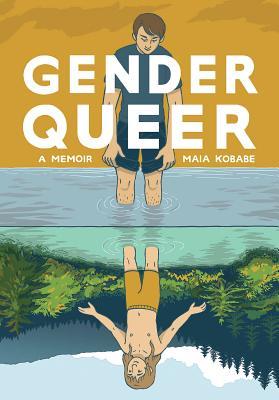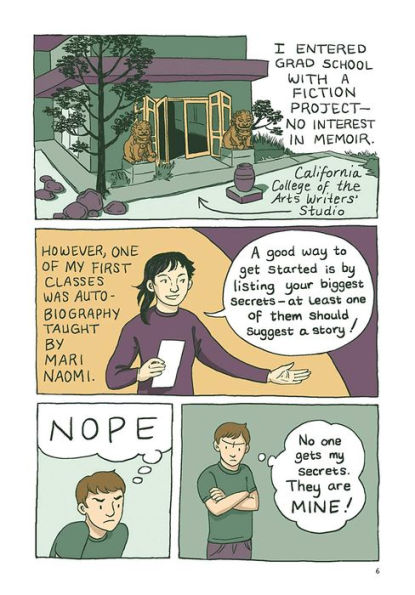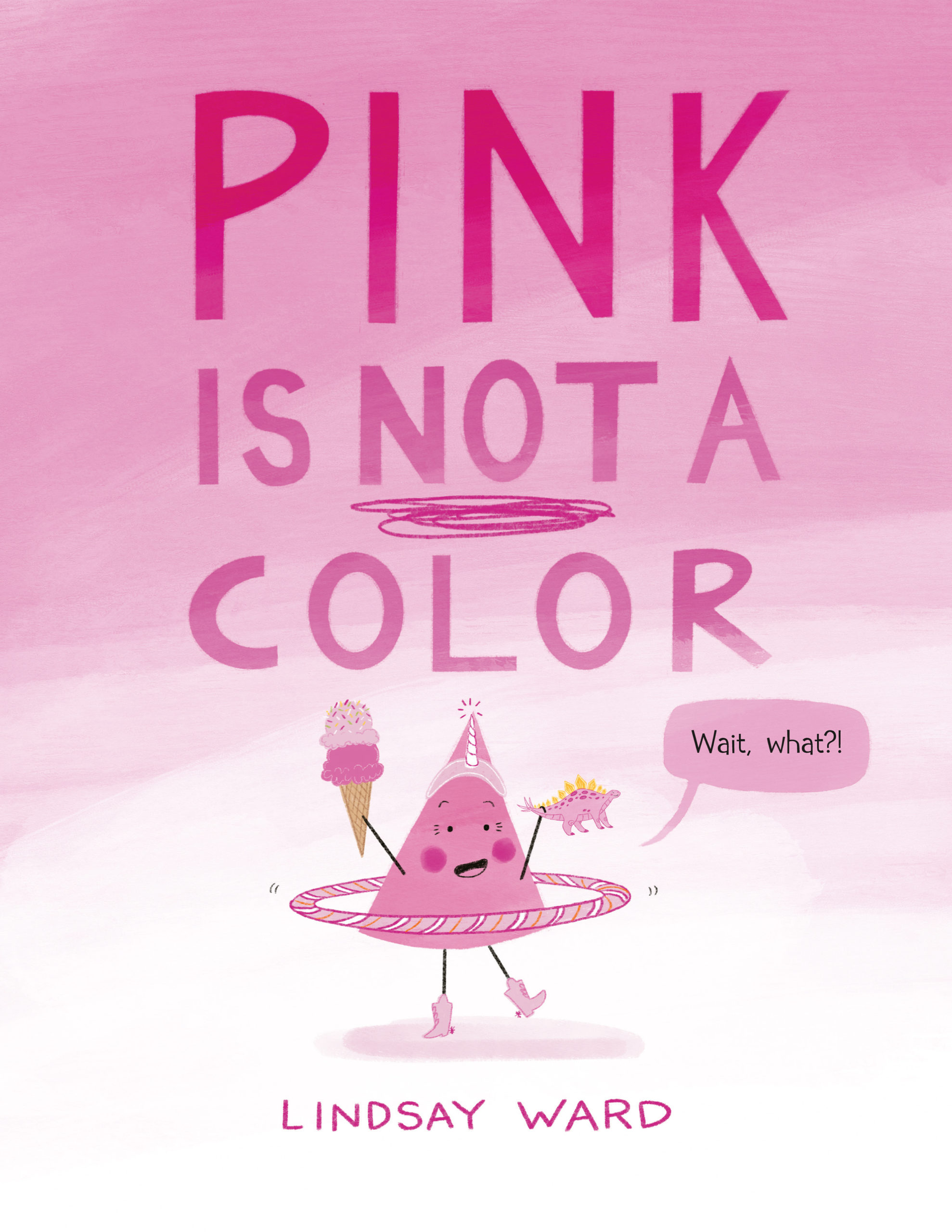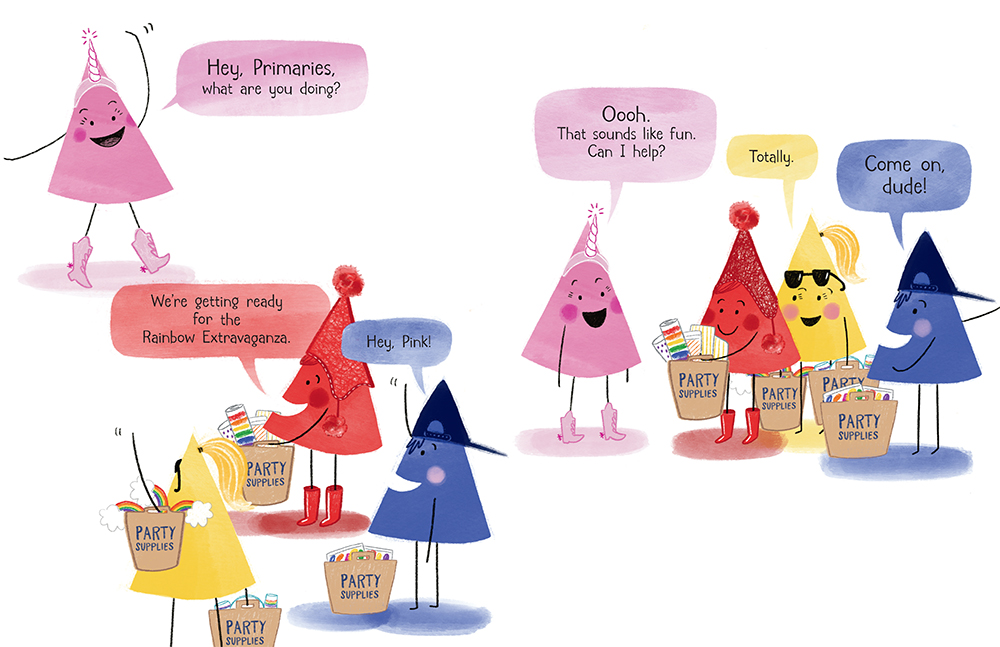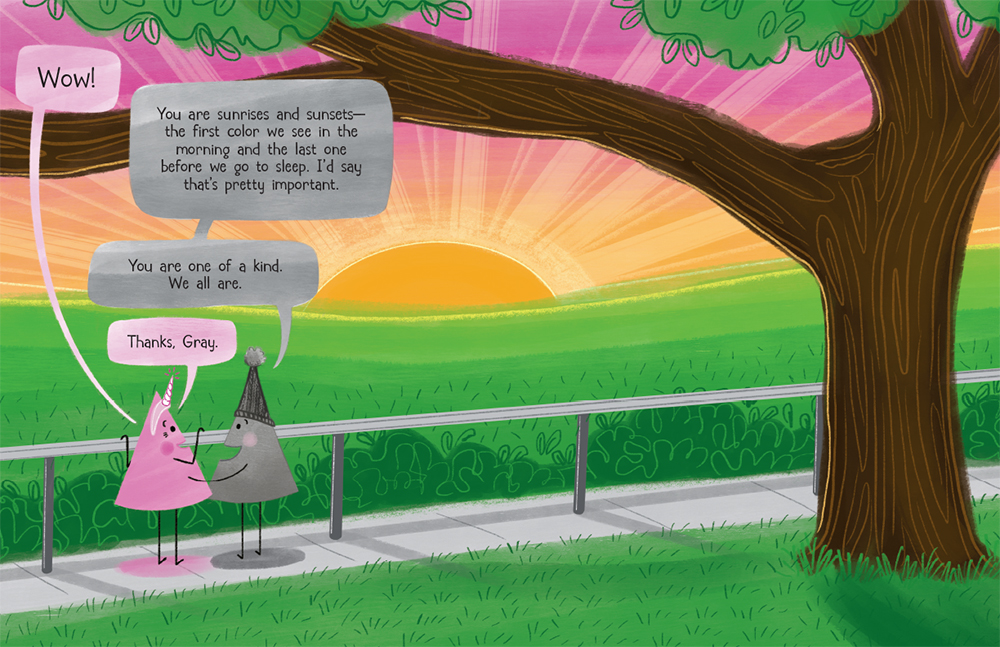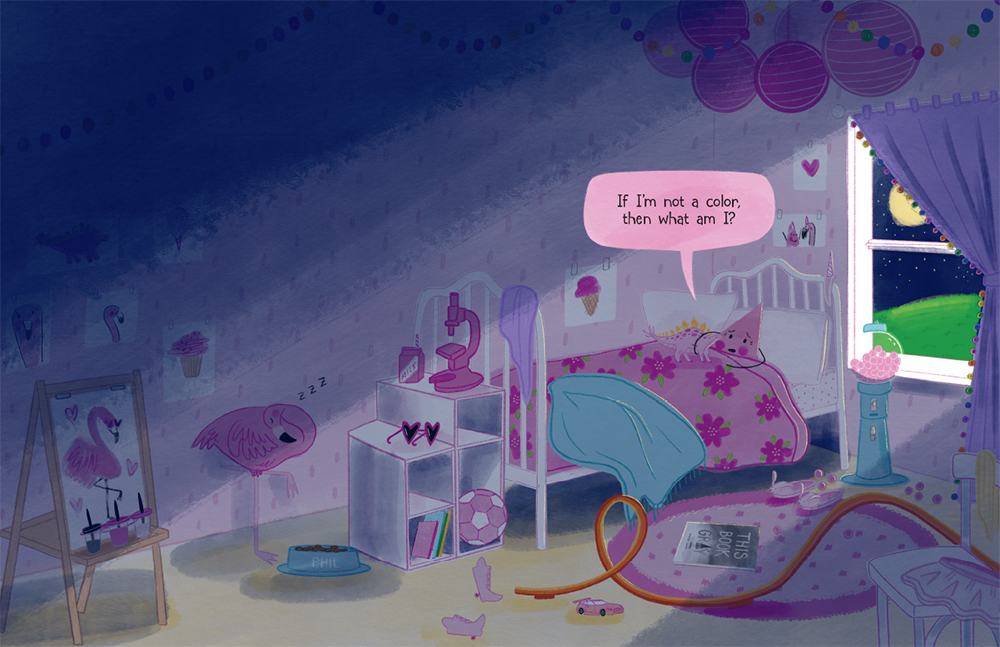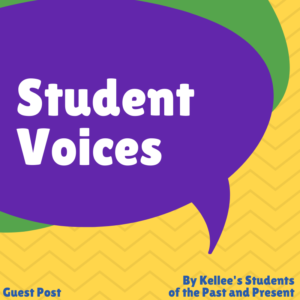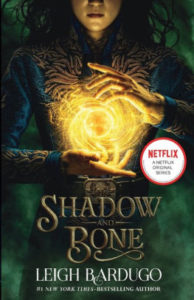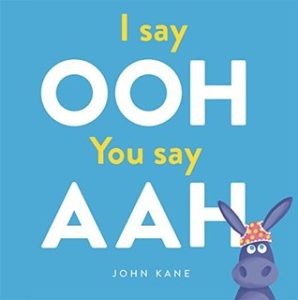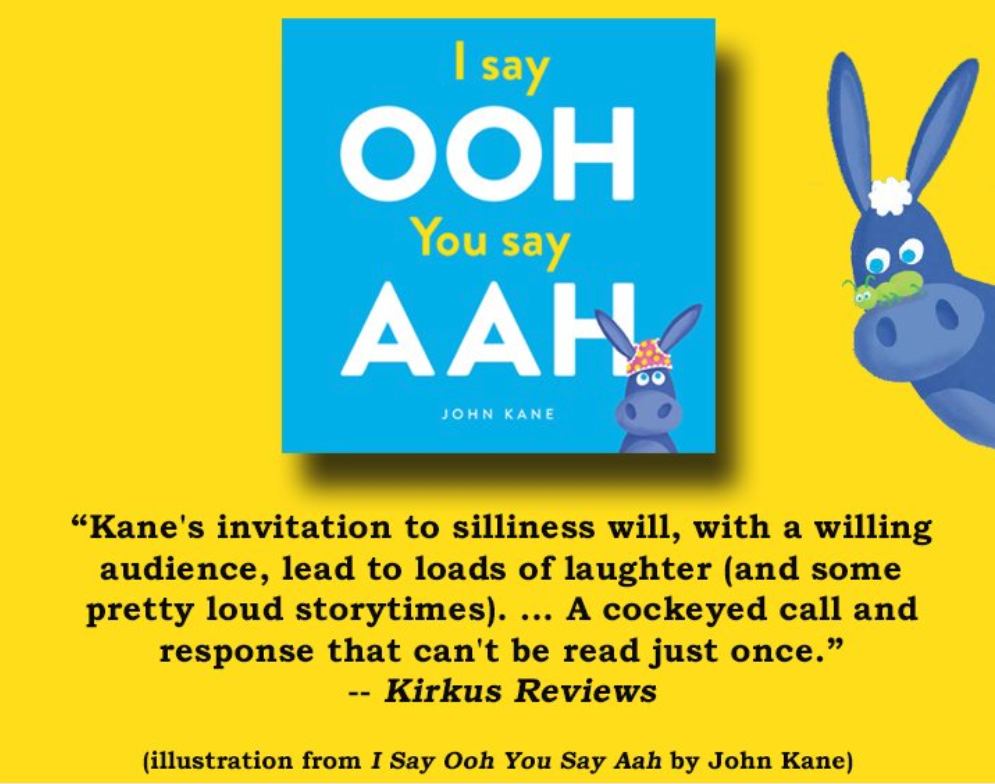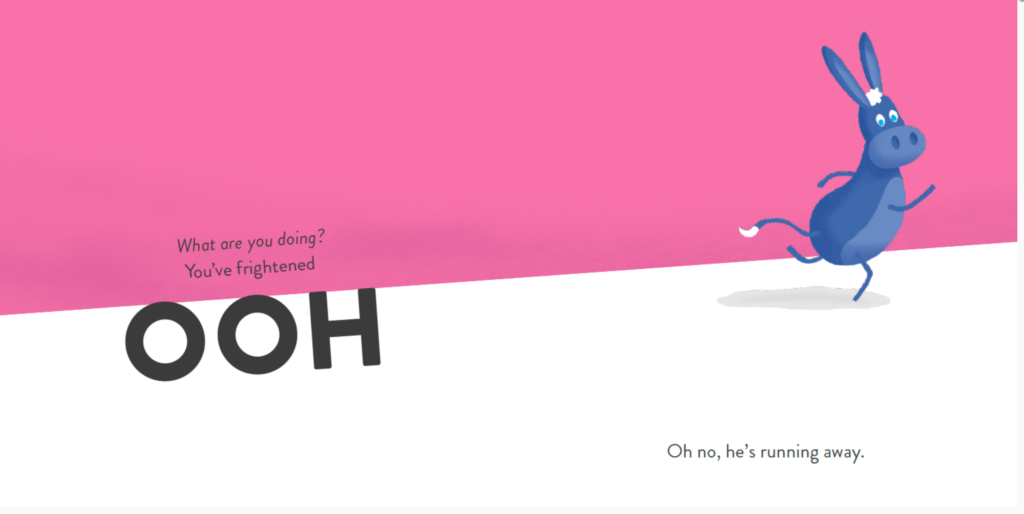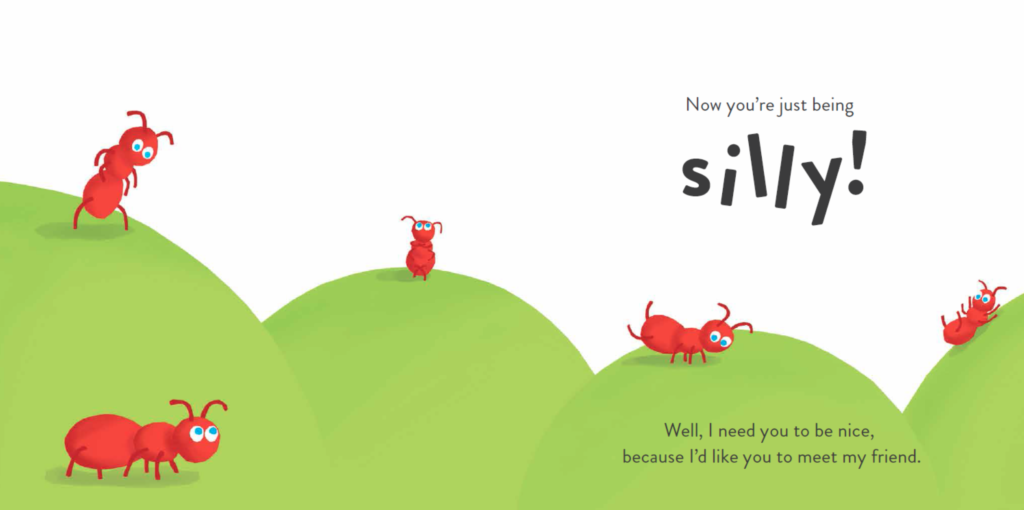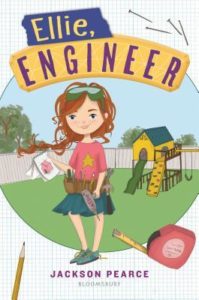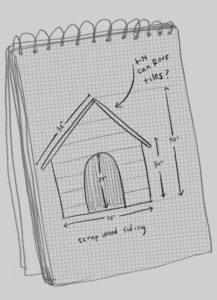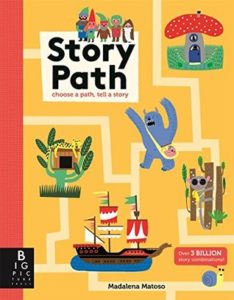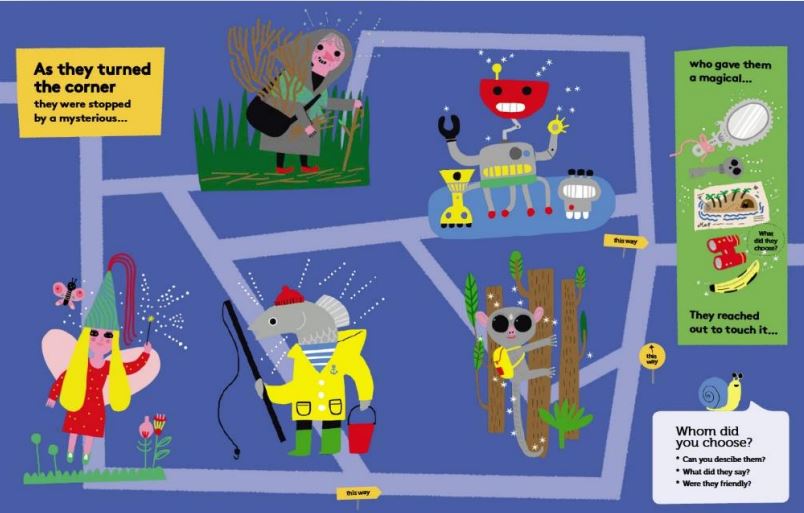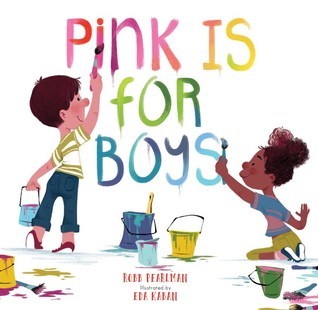
Pink Is for Boys
Author: Robb Pearlman
Illustrator: Eda Kaban
Published: June 5, 2018 by Running Press
Goodreads Summary: An empowering and educational picture book that proves colors are for everyone, regardless of gender.
Pink is for boys . . . and girls . . . and everyone! This timely and beautiful picture book rethinks and reframes the stereotypical blue/pink gender binary and empowers kids-and their grown-ups-to express themselves in every color of the rainbow. Featuring a diverse group of relatable characters, Pink Is for Boys invites and encourages girls and boys to enjoy what they love to do, whether it’s racing cars and playing baseball, or loving unicorns and dressing up. Vibrant illustrations help children learn and identify the myriad colors that surround them every day, from the orange of a popsicle, to the green of a grassy field, all the way up to the wonder of a multicolored rainbow.
Parents and kids will delight in Robb Pearlman’s sweet, simple script, as well as its powerful message: life is not color-coded.
Ricki’s Review: I have two sons. I very much appreciate all of the wonderful girl-empowering books that have been published recently. I am constantly shooting up my fist and shouting “Hooray!” when these books are published. But as a mom, I appreciate even more the opportunities to tell my son, “Yes, it’s okay that your favorite color is ‘rainbow,'” “No, boys are not necessarily better at fixing things” (I’ll secretly admit that this one is actually true in our house—my husband is an engineer), or “Yes, it’s okay if your favorite Disney song is ‘Let It Go,’ even when you are the only boy in your class who thinks this.” (I should backtrack here and say that Moana is far better than Frozen.)
I have one more anecdote. The day after I read this book to my son, I went to a birthday party with my sons. My 19-month-old crashed into a boy who was about 2 and half. My kid, who is oddly resilient, popped right up, but the other boy cried. His dad said, “You need to man up. Boys don’t cry.” This kind of stuff has to end. It’s only with the publication of books like these that we will be able to defy these gender norms that drive me bonkers. Pink is for boys.
The basic (but well-conceived) drawings of this book make it shine. The point is clear—and younger readers will easily make sense of it. The characters are drawn as simple sketches and are understated. This makes the message all the more powerful.
Kellee’s Review: My son loves all the colors. Except, according to him, pink and purple. Where did this come from?! In my house, all colors are wonderful colors and girls and boys can like and do whatever they want, but he must have been told by someone ‘out there’ that pink and purple are girl colors, and Trent, wanting to be accepted, now felt he couldn’t like these colors. I try to counteract this notion in my house, but it is ‘out there’ that minds need to shift or I am fighting a battle so much bigger than I may be able to handle. When will we [general societal we] stop saying “You throw like a girl” as an insult or “Man up” as a way to tell kids to not cry?! I can teach my son to be a feminist, but until things like those stated above change, society will always be pushing against what I am teaching him at home.

Within the text, in addition to promoting the brilliance and beauty of all colors, I also truly appreciated how the characters were diverse in all aspects of the word and that the author purposefully rotated between girls and boys & boys and girls to show that neither deserves to go first.
Teachers’ Tools for Navigation: This book makes us itch to teach young kids. We would ask students to create their own versions (or posters) of this book. For example, they might create books called Crying is For Boys or Dirt is for Girls. As a secondary teacher, this book would be a great discussion starter about gender prejudice and assumptions in society.
Discussion Questions: How does the illustrator use simplistic drawings to better convey the meaning of the text?; How does the author convey the message implicitly and explicitly?
Flagged Passage:
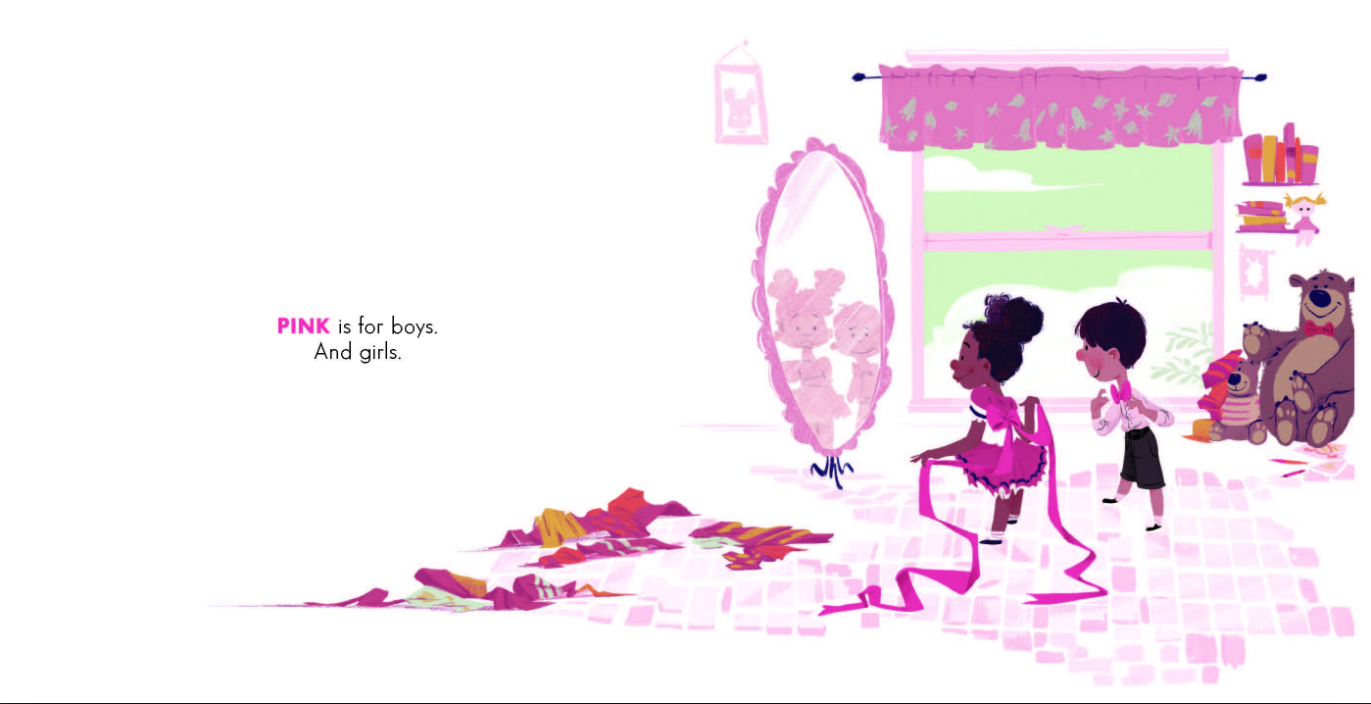
Read This If You Loved: Julián Is a Mermaid by Jessica Love, Red: A Crayon’s Story by Michael Hall, The Boy In the Dress by Michael Walliams, The Sissy Duckling by Harvey Fierstein
Recommended For:


 and
and 
**Thank you to Casey at Media Masters for providing copies for review!**
